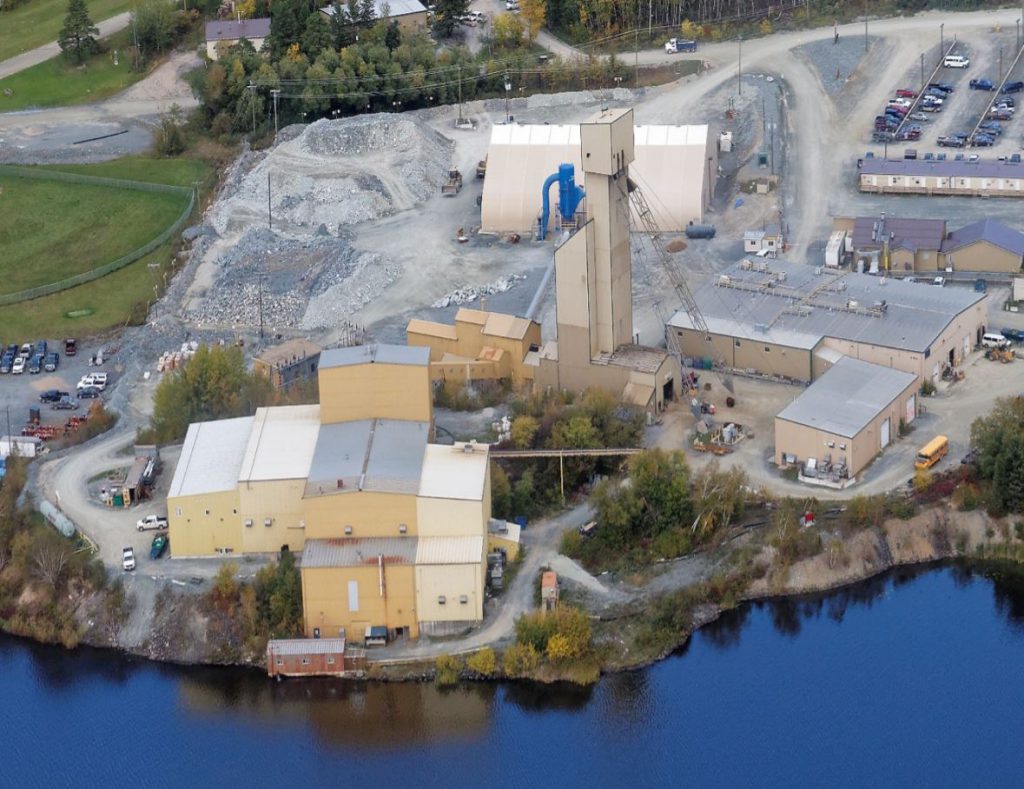1911 Gold drills 2.9 g/t gold over 4.3 metres at Rice Lake, Manitoba

1911 Gold Corp. [AUMB-TSXV; AUMBF-OTCQX] reported assay results from the company’s maiden exploration drilling program at the Wallace project on the 100%-owned Rice Lake property in southeast Manitoba.
Highlights include first-pass drilling that intersected several mineralized structures at Wallace, notably 2.9 g/t gold over 4.3 metres (including 10.1 g/t gold over one metre) at the Crown-10 target and 1.8 g/t gold over 2.1 metres (including 6.7 g/t gold over 0.6 metre, with visible gold) at the Hi-Grade target.
Nine drill holes, totalling 2,528 metres, tested five targets associated with high-grade gold showings and gold anomalies in surficial sediments, including the previously reported 50.3 g/t gold from a rock grab sample taken at the Crown-10 prospect.
The company’s first-pass drilling program at Wallace was designed to test high-grade quartz veins within five different structures in the core of a regional scale fold, in rocks equivalent to the prolific Balmer assemblage in the Red Lake camp in adjacent Ontario.
The exploration model at Wallace is based on the Red Lake gold deposit in Ontario, which is hosted by age-equivalent rocks in a comparable geological and structural setting, located 100 kilometres east of the Rice Lake Property. Encouraging gold values obtained from all but one of the 2022 drillholes are associated with moderate to strong alteration (silica-biotite/sericite-pyrite) in well-developed shear structures cutting strongly-deformed sedimentary rocks intruded by granodiorite, quartz-feldspar porphyry, gabbro, and ultramafic or lamprophyric dikes.
The Crown-10 Target consists of a north-south shear structure up to 5 metres in width that is exposed for approximately 200 metres along strike. The structure cuts gabbro and granodiorite, and is intruded by ultramafic or lamprophyric dikes, indicating it is a deep-seated structure and a potentially significant fluid conduit. Channel samples returned assays up 26.4 g/t gold over 0.6 metres and 5.2 g/t gold over 2.0 metres, including 8.5 g/t gold over 1.2 metres. Three drillholes, totaling 861 metres and spaced roughly 60 metres apart, tested the structure beneath surface gold showings to a vertical depth of approximately 150 metres. The northern-most drillhole, CR-22-003, returned the most significant intercept: 2.9 g/t gold over 4.3 metres, including 10.1 g/t gold over 1.0 metre.
The Hi-Grade Target is a poorly-exposed structure traced for over 600 metres along strike in widely-spaced bedrock exposures that consistently returned gold values, including high-grade values up to 265.1 g/t gold from grab samples of shear-hosted quartz veins, and channel sample assays up to 5.6 g/t gold over 1.9 metres, including 9.0 g/t gold over 1.1 metres. Samples of black spruce bark collected in overburden-covered areas between gold showings yielded on-trend gold anomalies, suggesting continuity of the zone.
Two drillholes, totalling 562 meters, were completed to test the main surface showing and the unexposed potential extension indicated by the black spruce bark gold anomaly in an adjacent overburden-covered area, with the latter target yielding the most significant results. Drillhole HG-22-002 intersected two shear-hosted quartz veins, from 156.4 to 159.2 metres and from 178.0 to 182.6 metres downhole, with the upper vein returning 1.8 g/t gold over 2.1 metres, including 6.7 g/t gold over 0.6 metres from an interval containing numerous specks of visible gold. The presence of stacked quartz veins with localized high-grade gold indicates the significant exploration potential of this previously untested structure.
Field exploration is ongoing at Wallace to expand detailed mapping, further delineate the prospective structures identified to date, and also evaluate the potential for parallel structures and sites of large-scale dilation suitable to host significant vein systems. With the success in delineating gold-bearing structures through overburden-covered areas at the Hi-Grade target, surficial geochemistry grids are being expanded into similarly prospective ground.
The first-pass drilling in 2022 identified several targets that merit follow-up drilling, currently in planning for Q3-Q4 2022, and the Company anticipates that ongoing field exploration will identify compelling new targets in this highly prospective area.
1911 Gold holds a highly prospective, consolidated land package totalling more than 58,000 hectares within and adjacent to the Rice Lake greenstone belt in Manitoba, and also owns the True North mine and mill complex at Bissett, Manitoba, where it reprocesses historic tailings on a seasonal basis.
